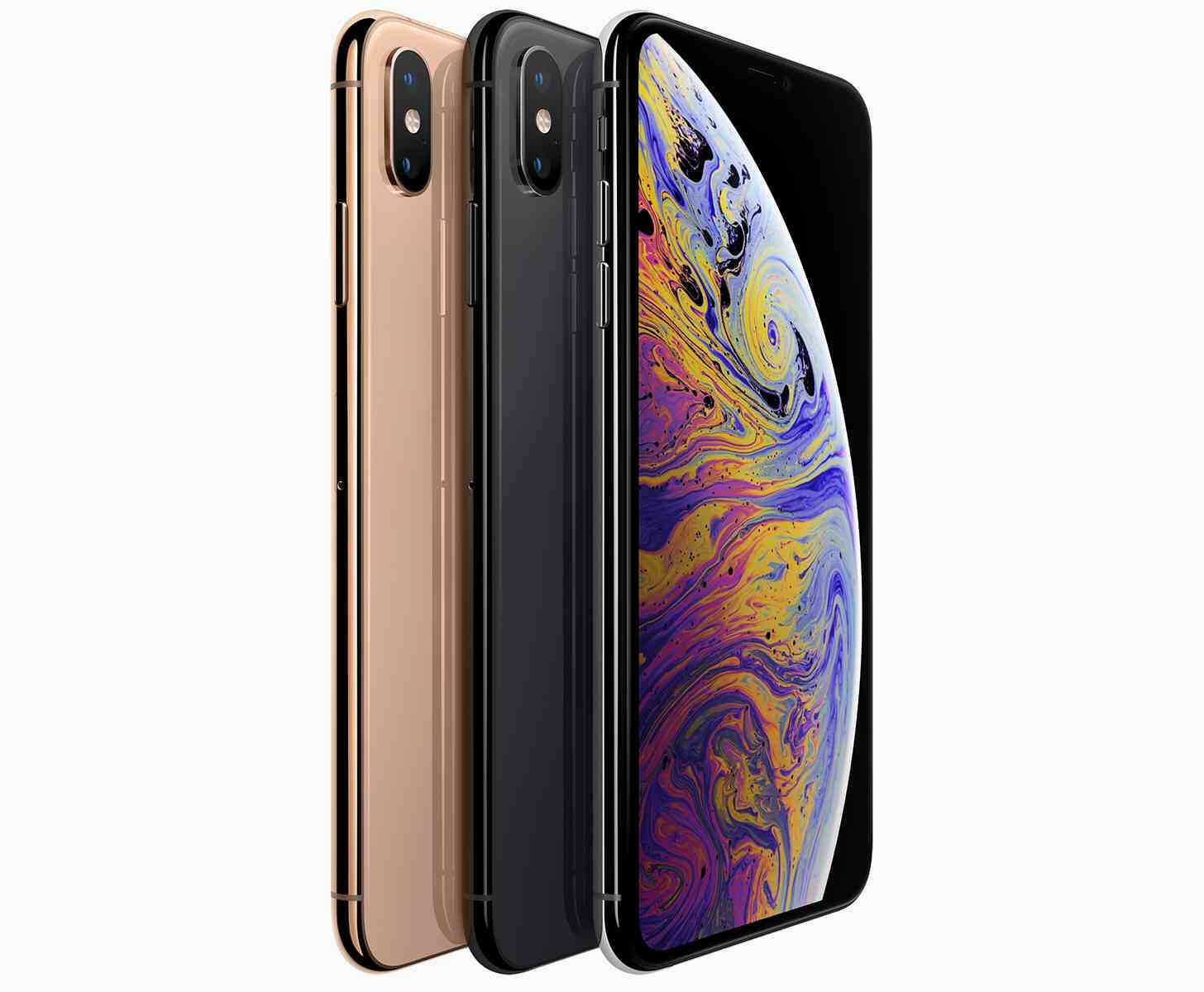
Today, Apple executives took the stage to talk about this year's newest devices. As expected, and what had been leaked more often than Apple probably would have liked, the company officially unveiled the newest flagships: The iPhone XS and the iPhone XS Max.
As is par for the course with a new "S-year" upgrade, these new smartphones are updated visions from what Apple launched last year with the iPhone X. That means upgrades to the processor and camera, as well as the displays. Specifically, the iPhone XS display now features HDR10 and Dolby Vision for High Dynamic Range content, even as it measures in at the 5.8 inches. It is still the Super Retina display, but now features 2.7 million pixels and 458 pixels per inch. While looking at colors, the display has 60% greater dynamic range, which should make them even more realistic while being viewed on the display.
Meanwhile, the iPhone XS Max's display measures in at 6.5 inches, and it also supports Dolby Vision and HDR10. It has 458 pixels per inch, and supports 3.3 million pixels. Basically, it's the same Super Retina display that's available in the iPhone Xs -- just bigger. With that being said, the iPhone XS Max is about the same total size as the iPhone 8 Plus, so even though the screen is bigger, it should still feel comfortable in the hand.

Meanwhile, Apple is putting an A12 Bionic processor under the hood. This is the first 7nm processor in a smartphone, and it is a six-core Fusion design put together by Apple. There are two high-performance cores coupled with four high-efficiency cores. Apple says the high-performance cores are 50 percent faster than the A11 Bionic processor, while the high-efficiency cores are 40 percent more efficient than last year's processor.
The GPU, according to Apple, is 50% faster than last year's model, and the new Neural Engine inside is now eight cores instead of two. According to the company the A12 Bionic can handle 5 trillion operations per second.
And, as Apple announced earlier this year, Apple's iOS 12 will be available on the iPhone XS and iPhone XS Max when it launches.
As for the camera system on the back, there are still a pair of 12-megapixel cameras. The primary being a wide lens, while the secondary is the telephoto option. The 12MP wide lens has an aperture of f/1.8, with a six-element lens. It also features optical image stabilization. Meanwhile, that 12MP telephoto lens has an f//2.4 aperture, and OIS. There is a 7MP front-facing camera on the other side.

The A12 Bionic shoots a four-frame buffer with a new "Smart HDR" feature. In the interframes, the camera shoots different exposures, including long exposures, for better shadows and colors. The processor will then merge all those frames into one photo for the best possible results. You can see the results of that Smart HDR feature in the photo above. Apple is also letting iPhone owners change the depth of field of their Portrait Mode photos with dynamic depth of field.
The new iPhones feature faster Gigabit LTE support, more bands for worldwide carrier support, and the newest feature: Dual SIM support. This is facilitated with Apple's eSIM technology, which has been shipping in iPads for quite some time. This means that the device will have the electronic SIM, which can be associated with one number, and another physicla SIM card that can be associated with a secondary number. With dual SIM technology now in place, you can have two phone numbers on one phone directly, and the handset will automatically switch to the proper number when someone calls that number.
Dual SIM is in both new models. In China, however, where there is no eSIM support, the handsets will support two physical SIM card trays. In other regions, like the United States, carriers like Verizon and AT&T are supporting the eSIM and dual SIM technology.
Battery life is improved, too. With the iPhone XS, compared to the iPhone X, future owners will get 30 minutes of more battery life. The iPhone XS Max, compared to the iPhone X, will get an hour and a half longer battery life. Apple says this is the biggest battery the company has put in an iPhone to date.
The iPhone XS and iPhone XS Max will be available in Space Gray, Silver, and the new Gold option. You can pre-order both handsets this Friday, September 14. They will officially go on sale beginning Friday, September 21. Meanwhile, iOS 12 will launch to the public on Monday, September 17. Customers can choose between various storage models in each variant: 64GB, 128GB, and 256GB. The iPhone XS will start at $999, while the iPhone XS Max will start at $1,099.